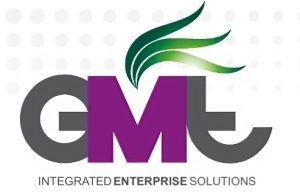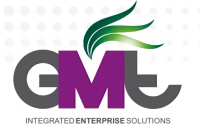Correspondence Solution
The Correspondence system (available from GMT partnering with EMC) allows an organisation to manage their correspondence effectively, while still being environmentally friendly. It eliminates the issue of inaccessibility of documents, ensuring that when correspondence is captured, it can be tied together with its responses. Any searches made for that correspondence will then also show the linkage to the related responses.
Managing an organisation’s correspondence:
The solution will be built to include a correspondence lifecycle, which is used to ascertain the stage a correspondence document has reached, and automatically deal with it in an appropriate way. Overall, the solution allows the client complete governance over company correspondence.
Gain visibility of documents relating to correspondence
Once correspondence has been received by the central registry (either hand-delivered or collected from the Post Office), it must be captured at point of entry. This means that organisations will have to ensure that hard copies are scanned, and that any emails are also captured into the system.
Lifecycle
In order to monitor correspondence effectively, each piece of correspondence must have a lifecycle. This allows anyone dealing with that correspondence to find out exactly what its status is at the click of a button. The initial correspondence state is ‘outstanding’ – meaning the correspondence has been captured but it is yet to be dealt with. It is then promoted to the ‘addressed’ state – in this state it has been assigned and routed to the relevant person, who is now dealing with it. Finally, when correspondence has been responded to, it becomes ‘complete’. At this point the reply could now be on its way to the sender of the first piece of correspondence.[is this level of detail necessary for an overview page? Suggest scrap this para]
Referencing
Most organisations have an agreed method for referencing their documents (for example, the ‘Fileplan’ reference). The Correspondence module is able to encompass any organisation’s filing system. This in effect means that the organisation will be able to continue to reference their documents as they did previously; even though the documents are now in electronic form.
Relationships
In order to be able to tie a piece of incoming correspondence to the outgoing response, the Correspondence solution offers what are called ‘relationships’. These allow an organisation to retrieve correspondence and related responses easily. And relationships can be created between documents that are not necessarily in the same location.
Reporting
The lifecycle concept makes it much easier to monitor the state of correspondence, which in turn means that it becomes easier to report on correspondence. The user will be able to run personal reports and, at a glance, have a view of correspondence coming due, or correspondence that is still outstanding. This effectively means that reporting is occurring on two levels.
Auditing compliance
It’s a fact: in every organisation, documents are lost. With the GMT Correspondence module, there is a centralised repository containing all correspondence-related documents. If necessary an organisation could even give auditors access to the system, meaning the time spent in the audit process could be reduced.
Crystal reports complement the audit process, as reports can be run for the organisation according to audit requirements. These reports may be scheduled to run periodically; an added advantage.
GMT and EMC: the choice for managing correspondence
By implementing GMT Correspondence leveraging EMC Documentum, organisations can:
- Gain advanced security features such as encrypted file storage and digital shredding
- Take advantage of advanced information rights management capabilities that provide protection, control and audit trails for documents
- Have the ability to link correspondence to its response or reply
- Capture all documents at entry point for management and archiving
- Have the capability of personal as well as organisational reporting for correspondence
- Achieve audit compliance
- Have reporting capability in line with audit requirements.
Enterprise Content Management
Key Features
- Seamless Microsoft integration
- Storage and manipulation of correspondence
- Monitoring the state of correspondence
- Ability to view correspondence and its responses in one view
- Informative reporting
- Advanced information rights management capabilities
The Big Picture
- Managing Correspondence
- Visibility of Documents
- Monitoring Correspondence
- Referencing

